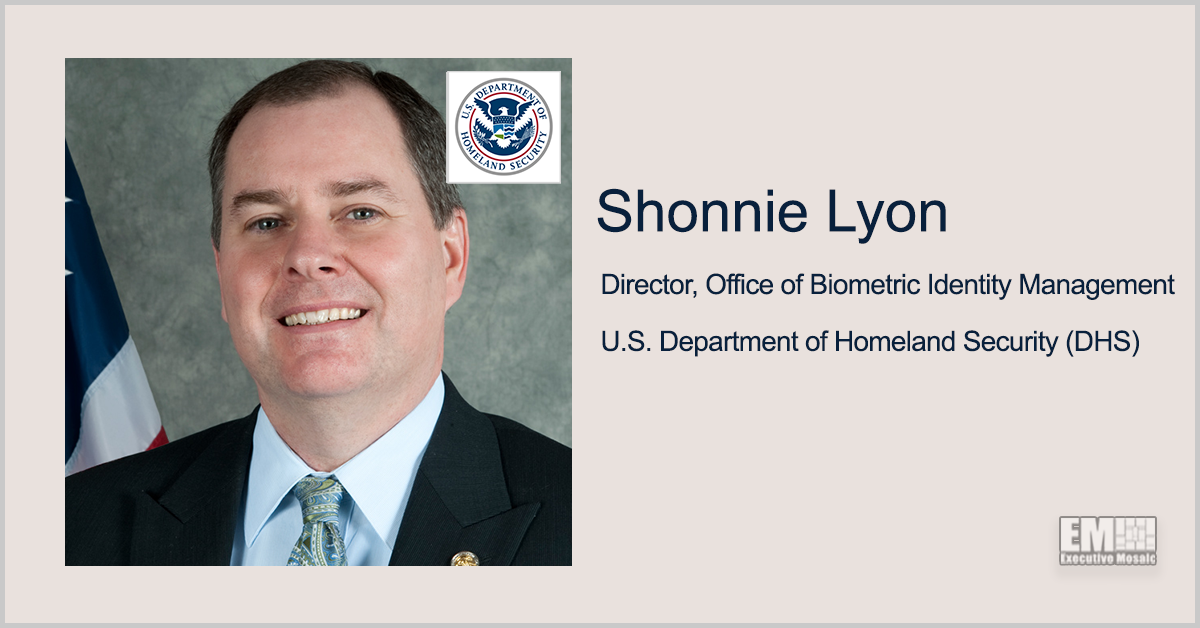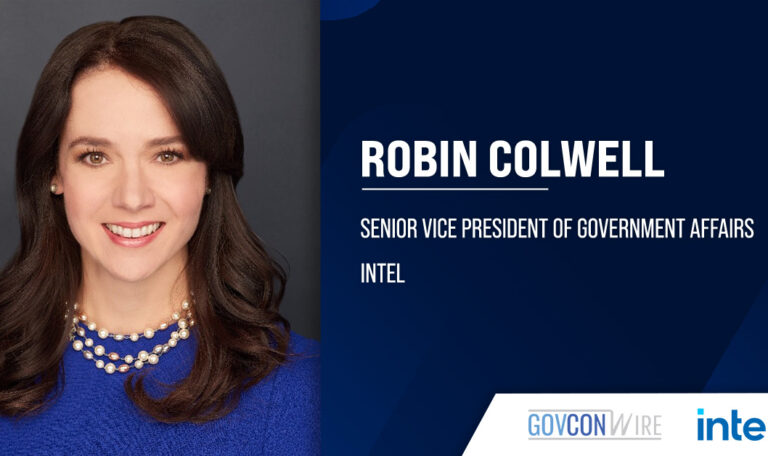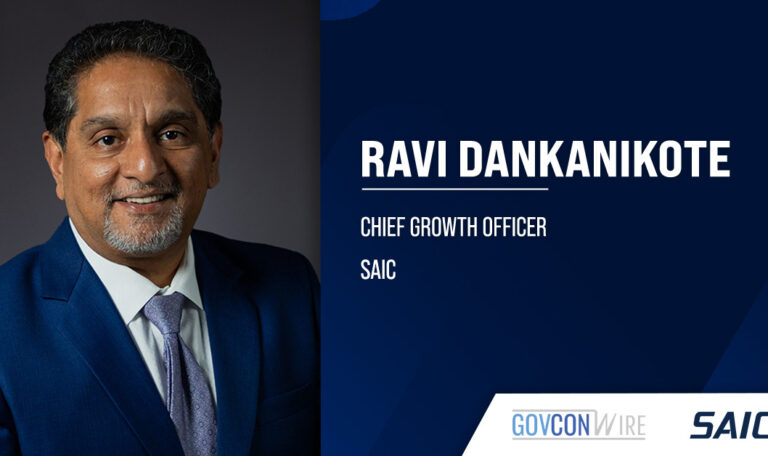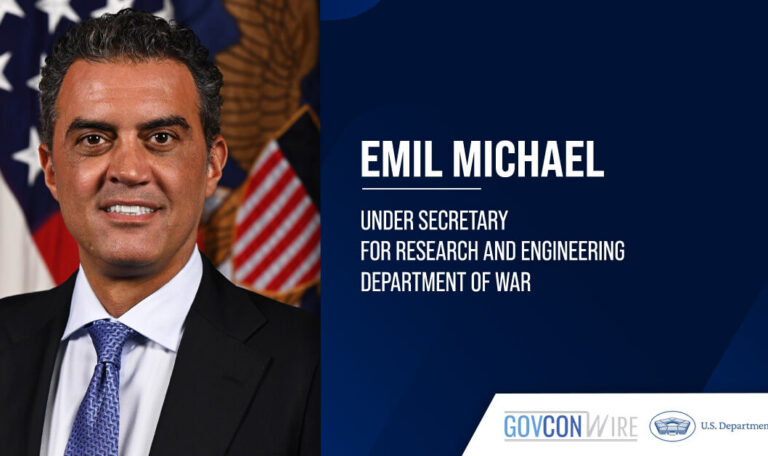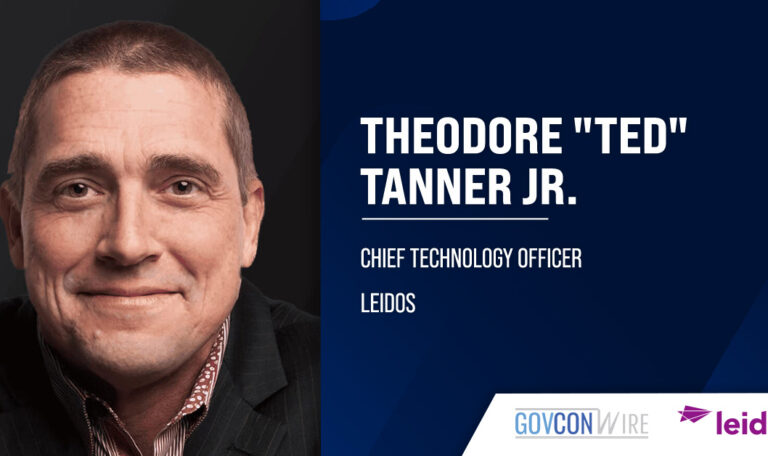Biometric data and technologies are being deployed within multiple federal agencies to boost the accuracy of identity verification and free up human decision makers for other, more complex and cognitive tasks, according to federal officials.
However, an expansion of capabilities is necessary to fully reap the benefits and address the existing issues of multimodal biometrics, which include captures of the face, irises and fingerprints, according to Shonnie Lyon, director of the Department of Homeland Security’s Office of Biometric Identity Management.
“Right now, individually, we use finger, we use face and we use iris, but we don’t necessarily merge all of those together to try to improve accuracy,” Lyon told an audience during the Potomac Officers Club’s 2022 Border Protection Innovations and Technology Forum. “And so that’s one of the areas that we’re working on is to be able to do that.”
To accomplish this integration, the DHS is transitioning from its legacy system, IDENT – the largest biometric repository in the U.S. government – to its replacement system, Homeland Advanced Recognition Technology, or HART.
Hosted in a FedRAMP-certified commercial cloud, HART will support full-scale multimodal matching, allowing the DHS to provide more accurate information to its decision makers.
As the agency expands its biometrics capabilities and transitions to HART, the public perception of facial recognition technology, the ethics surrounding it and the moratoriums on its use pose challenges to DHS.
Lyon clarified that the department does not use facial recognition for surveillance purposes. He explained that the technology does not easily facilitate a “one-to-many” search function, so facial recognition is used primarily in investigative cases to create a list of candidates that could potentially be a match to an individual in question.
However, this list then requires further investigative work and additional biometric data to definitively identify the individual; so ultimately, the human, not the machine, is making the final decision.
Aside from surveillance concerns, U.S. citizens are also raising questions on the role of biographic and demographic bias in facial recognition technology. This area, Lyon posited, is one that machine learning can play a critical role in solving.
“Biometric systems have to be trained on something, right? So the dataset you’re using actually has a huge impact on whether or not it can identify faces from a wide path of demographics,” Lyon said. “The better, or the wider your dataset is, the better your algorithm’s going to actually be.”
Progress on this issue is already underway, Lyon shared. DHS provided 60 million records of facial images to the National Institute of Standards and Technology to help build and train their facial recognition algorithms using a wide range of population and environment data.
Lyon cited DHS’ centralized repository as critical to the agency’s information sharing and interagency interoperability capabilities, and a key element in ensuring the federal government’s algorithms are trained without demographic bias.
Join the Potomac Officers Club’s next event, The Future of Mission Partner Information Sharing Forum on Apr. 7. Stu Whitehead, deputy director of cyber and command, control, communications and computers integration is scheduled to keynote the event. Registrations are open now!


